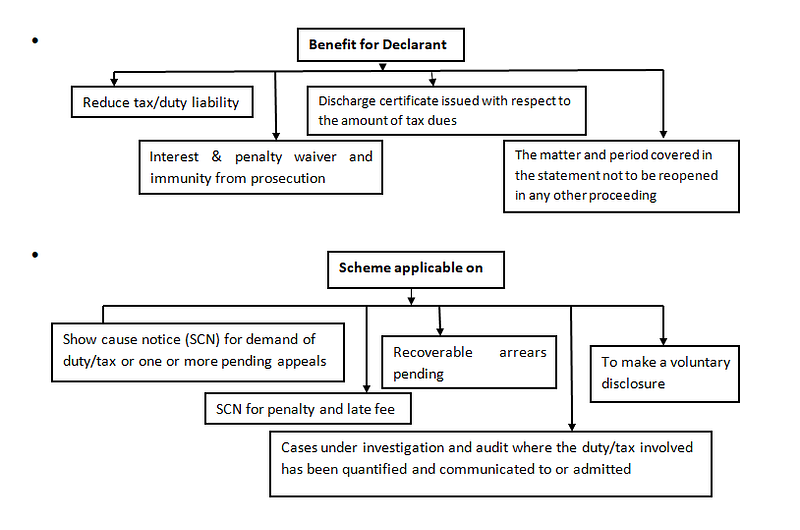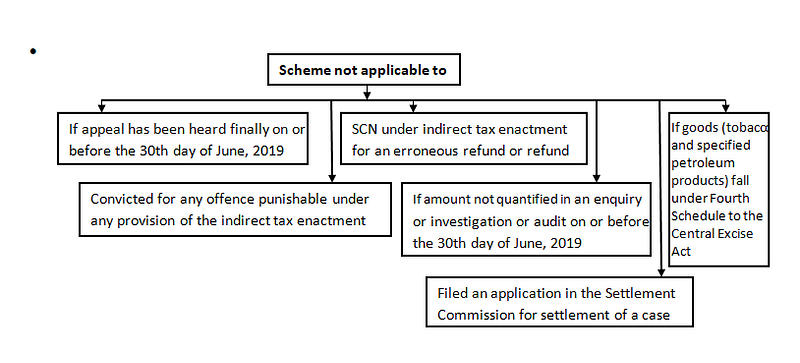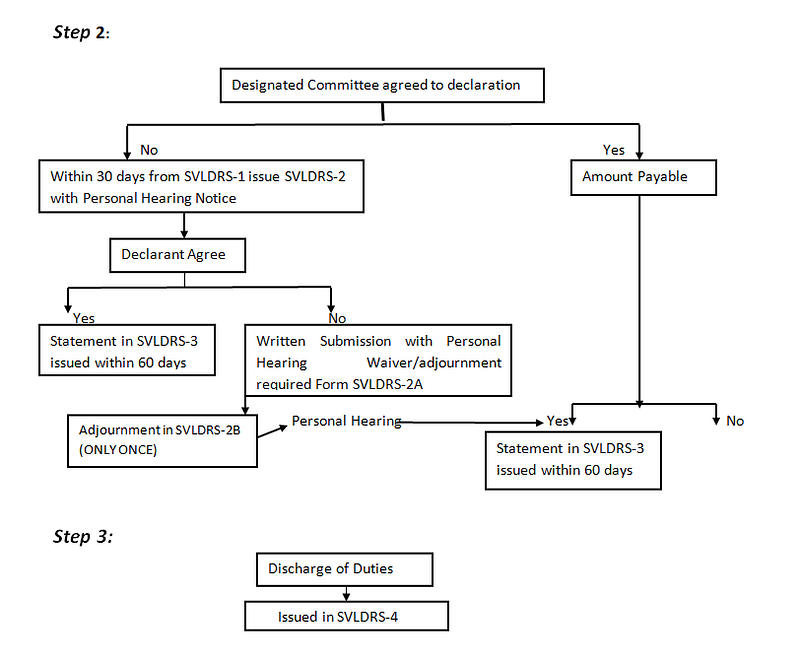1.What are you able to mean in terms of EQL? Equalisation Levy is often referred to in
the form of EQL (EQUALISATION LEVIY). It is a test for digital services (mostly
advertising) provided within India by non-resident firms.
2. What is the reason for it?
For instance, in India, Non-Resident corporations generally
not pay any tax. The government has instituted EQL at 6percent for all
non-resident companies who do not have fixed establishments located in India to
prevent this.
3. What services are under the jurisdiction of its
authority?
EQL is charged for specific services listed in the notice.
As of now, only Advertisement is listed as "Specified Services'.
4. What exactly are Specified Services?
Specificities Services are online Advertising or any other
digital advertising or any other type of device or service that serves the
purpose of advertising online and any other service can be provided to the
Central Government may notify in this regard.
5. Who is the person to whom it applies?
This Tax applies to any non-resident company that doesn't
have a permanent presence in India. EQL is applicable to organizations such as
Google, Yahoo, Facebook and other companies that generate substantial revenue
from India through the digital services of advertising.
6. Are the rules of the Equalisation levee apply to me as an
individual who wants to market online for my own personal needs?
The payments made for personal use do not fall under
Equalisation levies.
7. What rate is applicable?
EQL is evaluated at a 6-percent rate on the list of digital
services.
8. Are there any EQL Exemption?
The following is the list:
If the cost of services rendered in the previous year is
less than or equal to Rs.1 lakh, then no EQL is calculated.
EQL is only applicable to B2B transactions. B2C operations
are not affected by it.
If a business is located on the territory of Jammu or
Kashmir, EQL does not apply to that company.
9. I have put up ads on Facebook to promote my bakery
business. I have to pay Facebook the amount of Rs. 40000 for FY 2019-20 in
exchange for the services that I purchased. Do I have to pay the Equalisation levee
be applicable to me?
No, you aren't obliged to deduct the equalisation tax
because your annual contribution were not more than Rs.1,00,000 throughout the
fiscal year.
10. What happens if a business isn't paying an service
company's EQL?
It is expected that the EQL responsibility will then be
passed to the service recipient should an organisation (service provider) is
unable to pay EQL to the recipient of service.
11. What is the deadline for the submission of Equalisation
statement of levy?
Annual returns are required to be submitted electronically
on Form No.1 prior to June 30th, the day after the conclusion in the financial
year according to Section 167 of Finance Act 2016 rules 5 and 6.
12. What has been the impact of Finance Act of 2020 expanded
the extent of Equalisation Levy?
Equalization Levy was charged solely on the value payable or
received by non-residents who provide online advertising services or similar
service in the case of individuals who are Indian resident or any person who
has PE in India in accordance with Section 161 of the Finance Act, 2016
("FA 2016," in short).
As a result of the Finance Act, 2020, the new section 165A
was added in the FA 2016, which aims to expand the coverage of the Equalisation
Levy by incorporating the amount of consideration that is received or payable
for online commerce Supply or Services by an online retailer within its
definition.
Online sellers will have to settle an Equalisation Levy of
2% (the "New Equalisation Levy") of the money received or owed.
13. What day will take effect the New Equalisation Levy take
effect?
The New Equalisation Levy will go into effect April 1st in
2020. This means that beginning in F.Y. 2020-21, a business that provides
e-commerce products and services to a certain population will be legally
required to contribute this New Equalisation Levy.
14. What exactly does "E-Commerce supply or
services" mean in the context of the New Equalisation Levy?
When an e-commerce company engages in offering the services
or products of an e-commerce site and services, the new Equalisation taxation
is in place. The term "E-Commerce supply or services" is defined
under section (cob) in Section of 164 of the FA in 2016 to this effect:
online sales of products that are owned by the e-commerce
company or
the online service delivery by an e-commerce provider the
e-commerce operator; or
online sale of products or the provision of services, or
both, made possible by an e-commerce provider;
Combination of any of the above-mentioned activities.
15. Is this New Equalisation Levy in India be applicable to
all online-based items or services the operator of e-commerce provides, sells
or facilitates?
The New Equalisation Levy will not be applied to all the
products or services that an e-commerce company offers, makes offer, provides,
or facilitates. In accordance with section 165 A (1) of the FA in the following
people (referred by the term "Specified Persons") will be subject to
the New Equalisation Levy:
when an e-commerce provider delivers goods or services or
both to a person who is or residing in India;
Any time an e-commerce company offers goods, services, or
both to a client who buys those products, services, or both with an IP address
from India;
In the event that an online merchant offers services,
products or both, to an individual who is not a resident in a particular
circumstance.
16. In the event that New Equalisation Levy is an expense
that the online retailer has to pay, or if it's payable separately to the
customer in the invoice that the online retailer is able to raise?
An online retailer could be subject to a New Equalisation
levy, which is a direct tax that is assessed on profits from sales of products
or services that are created, provided by or facilitated by the company. This
means that the cost has been placed directly on the company that operates the
website and has to be paid by it on its own. However, the way an e-commerce
business structure its business operations to pay for this additional tax could
differ from case to instance.
For example, ABC, an online retailer offers Indian residents
the sum of Rs. 20 crores for its services. in turn, must pay an equalisation
cost at 2% of that amount, which is 40 lacs, or. 40 lacs, to be following the
regulations of the government. In the future, if ABC decides to raise the
amount of consideration to the amount of Rs. 10.40 Crores, and then decides to
charge the equalisation tax of the amount of Rs. 40 Lac from its customers and
it is responsible for the payment of Equalisation levy based on this new
amount.
17. What time should when the New Equalisation Levy be
deposited into the Central Government's account?
In accordance with Section of 166 A of the FA in 2016 the
online retailer must deposit quarterly the New Equalisation Levy to the credit
of the Central Government by the following dates:
A deposit for the New Equalisation Levy for the 4 4th
quarter, which has to be paid within the quarter itself, in contrast to the 3rd
quarter, in which the levy is to be paid on seven days following the close in
the applicable quarter is a real issue.
18. What happens if the online company fails to pay or
deposit for the New Equalisation Levy?
If an online business is unable to pay or deposit the New
Equalisation Levy, they are also required to pay the penalties listed below:
The interest on the delayed payment of the Equalisation levy
Each e-commerce company who fails to pay the entire
equalisation levy before the due date is ordered to make payments of simple
interest at the rate of one percent from the levied every month or part of a
month in which the inability to deposit continues.
Penalties for failing to pay the Equalisation levy
Any e-commerce business that fails to pay the full or a part
of the equalisation tax in the account from the Central Government is subject
to an amount equivalent in amount to not paid equalisation levy.
19. What happens for not filing you do not file the
Equalisation Levy Statement is not submitted?
A business that fails to meet the deadline for submitting
the Equalisation Levy Statement will be liable to pay the fine of Rs.100 for
every day that passes without making the submission.
20. What is an e-commerce retailer's obligation to adhere to
when giving an account statement?
Every online retailer must prepare and deliver
the Equalisation Levy Statement in the way and format that is required by the
Assessing Officer as well as any other authority or organization authorized
through the Board. In addition, the statement must be submitted on or before
the 30th June following the conclusion of the current F.Y.,and it is r









